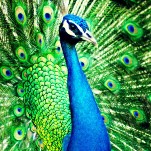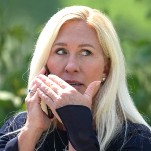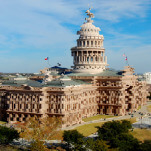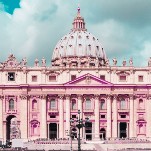The Real Mr. Darcy Was a Pointy-Chinned Elf
In DepthJane Austen gifted us all with the romantic character of Mr. Darcy, a brooding yet honorable man who is simply described as a “fine, tall person” with “handsome features, noble mien.” We were all able to fill in the blanks from there according to our preferences (coughColinFirthInAPondcough). No more.
On Thursday, two professors released a study that points out the cultural shifts in beauty standards and simultaneously kills all our boners. John Sutherland, of University College London and Amanda Vickery of Queen Mary University of London, spent a month researching male beauty norms during the Georgian period to make their deductions. They muse on many details that could have been influenced by not only Jane Austen’s class and time period, but her crushes:
-

-

-

-

-

-

-

-

-

-

-

-

-

-

-

-

-

-

-

-

-

-

-

-

-

-

-

-

-

-

-

-

-

-

-

-

-

-

-

-








































